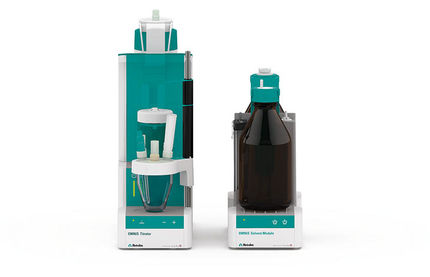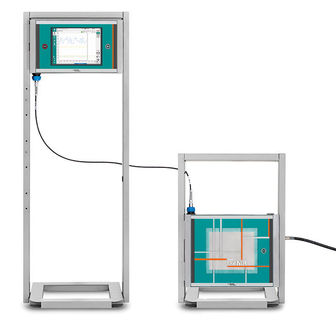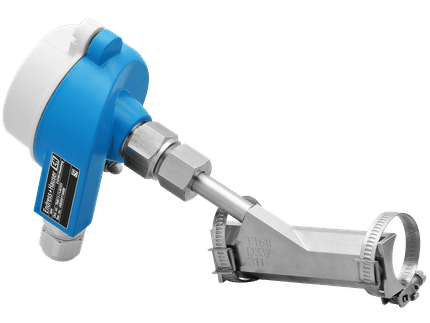To use all functions of this page, please activate cookies in your browser.
my.chemeurope.com
With an accout for my.chemeurope.com you can always see everything at a glance – and you can configure your own website and individual newsletter.
- My watch list
- My saved searches
- My saved topics
- My newsletter
Carbenoxolone
Carbenoxolone, a synthetic derivative of glycyrrhizinic acid, is a licensed drug (in the UK) for oesophageal ulceration and inflammation. Other uses include treatment of oral and perioral lesions. Product highlightCarbenoxolone (aka Carbenoxylone, CBX) is also finding increasing use as a Connexon (a hemichannel made up of 6 connexin subunits) blocker and as a gap junction (2 connexons join together) blocker. Nootropic effectsCarbenoxolone has also been investigated for nootropic effects.[1] This research started from an observation that long-term exposure to glucocorticoids may have negative effects on cognition. Carbenoxolone may decrease the amount of active glucocortocoid in the brain, because the drug inhibits 11Beta-hydroxysteroid dehydrogenase type 1, an enzyme which activates cortisol from cortisone, a glucocorticoid. In the research trial investigating this use of carbenoloxone, it was shown that the drug improved verbal fluency in elderly healthy men (aged 55-75). In type 2 diabetics aged 52-70, the drug improved verbal memory. However, it should be noted that potassium-sparing diuretic amiloride was co-administered with carbenoxolone, since carbenoxolone used by itself may cause hypertension by increasing cortisol in the kidneys. References
Categories: Gastrointestinal system drugs | Nootropics | Terpenes and terpenoids |
||||||||||||||||||||||||||||||||||||||||||||||||||||
| This article is licensed under the GNU Free Documentation License. It uses material from the Wikipedia article "Carbenoxolone". A list of authors is available in Wikipedia. | ||||||||||||||||||||||||||||||||||||||||||||||||||||







